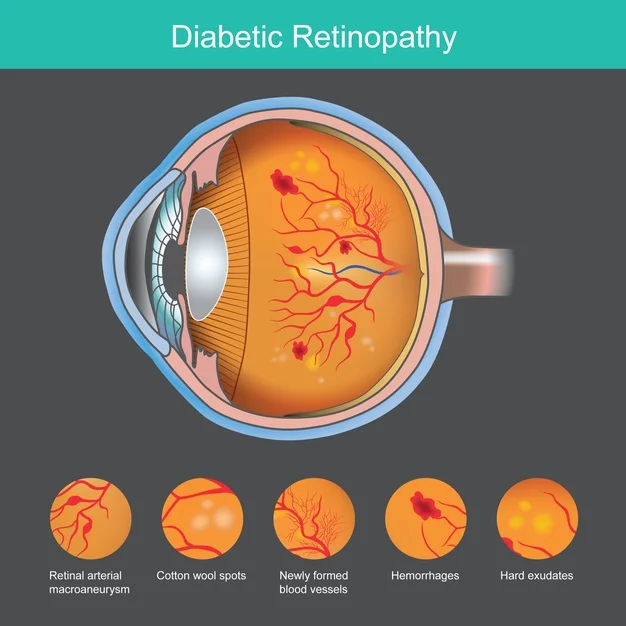21 October 2024 | Monday | News

Picture Courtesy | Public Domain
Roche (SIX: RO, ROG; OTCQX: RHHBY) announced positive topline one-year results from the open-label, single-arm phase IV ELEVATUM study evaluating Vabysmo® (faricimab) for the treatment of diabetic macular edema (DME) in people from racial and ethnic groups that are often underrepresented in clinical trials.4
Initial data from 124 participants in the United States (US) showed that after one year of treatment with Vabysmo, administered every eight weeks, participants could read an additional 12.3 letters on average – equivalent to about two and a half lines on an eye chart. Results among major racial and ethnic groups represented in this study were similar. Hispanic and Latino participants started the study with the most severe disease and had an average vision gain of 14.1 letters from baseline at one year, equivalent to nearly three lines on an eye chart. African American and Black participants gained an average of 11.3 letters from baseline at one year. Vabysmo was well tolerated, with no new safety events identified.1
These data were presented in a late-breaking oral presentation at the American Academy of Ophthalmology (AAO) 2024 Annual Meeting in Chicago, Illinois, on 18 October.1 The study is the first retina trial for historically underrepresented populations.
“Vabysmo has been shown to be an effective first-line treatment for diabetic macular edema, and for the first time, we have data specifically demonstrating its ability to improve vision in Black, African American, Hispanic and Latino patients who are disproportionately impacted by this condition,” said investigator Jeremiah Brown, M.D., of Retina Consultants of Texas, who presented the data at AAO. “As a clinician who serves patients from these communities that are so often underrepresented in clinical trials, I believed it was important to take part in this groundbreaking study, and hope the findings will inform and improve the care we provide to our patients in the clinic daily.”
Results were consistent with the phase III YOSEMITE and RHINE DME studies.5 A secondary endpoint showed robust retinal drying with Vabysmo across these racial and ethnic groups, who, on average, achieved a decrease of 206.3 microns in central subfield thickness (CST) from baseline.1 Reducing CST indicates retinal drying, which is an important clinical measure, as swelling from excess fluid in the back of the eye is associated with distorted and blurred vision.6
“We established ELEVATUM to specifically evaluate Vabysmo in underrepresented populations,” said Nilesh Mehta, Roche’s Global Therapeutic Area Head for Ophthalmology. “Including diverse populations and perspectives is part of our broader Roche Diversity, Equity & Inclusion (DE&I) strategy and is essential if we want to improve scientific understanding of diabetic macular edema and ultimately improve standard of care for all people living with this condition.”
Among the 124 patients, 45% self-identified as Hispanic or Latino, and 48% as Black or African American.1 The study was designed to facilitate enrolment and promote retention of underrepresented patients. For example, ELEVATUM was conducted at sites that treat a high proportion of these populations in urban, rural and community-based locations. In addition, eligibility criteria allowed participants with a haemoglobin A1c (HbA1c) level up to 12%.4 An HbA1c test measures a person’s average blood sugar levels over the past three months and is used to diagnose diabetes.7 Typically, the threshold for DME trials is an HbA1c level of 10%. However, HbA1c levels can be higher in Black, African American, Hispanic and Latino populations compared with Caucasians, meaning a lower HbA1c threshold can inadvertently lead to the exclusion of patients from various ethnic and racial groups.8-9
To date, Vabysmo is approved in more than 100 countries for DME and neovascular or ‘wet’ age-related macular degeneration, and in over 30 countries for macular edema following retinal vein occlusion (RVO). More than five million doses of Vabysmo have been distributed globally since its initial US approval in 2022.10-15

© 2026 Biopharma Boardroom. All Rights Reserved.